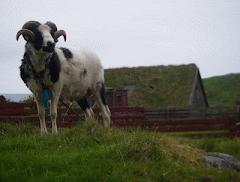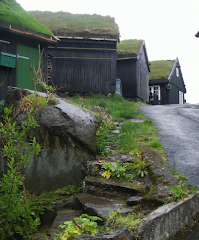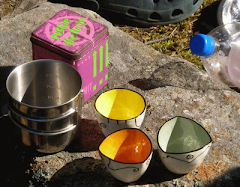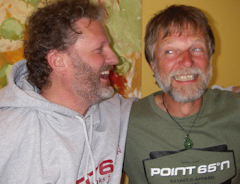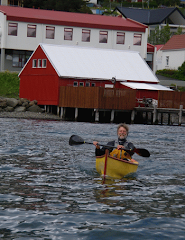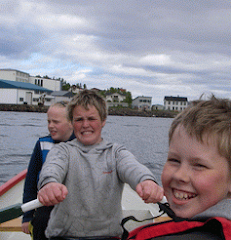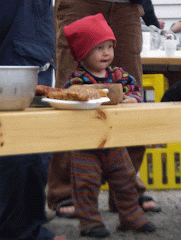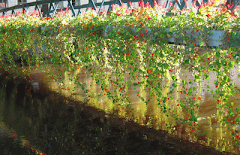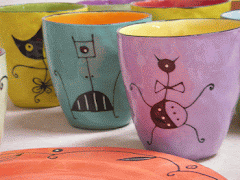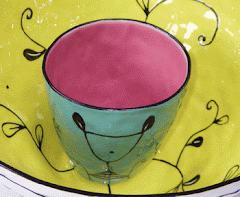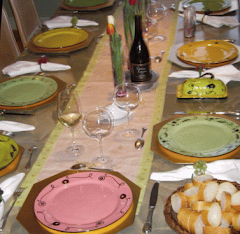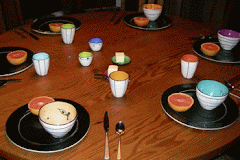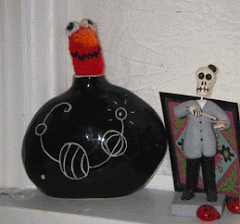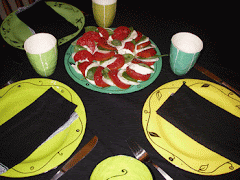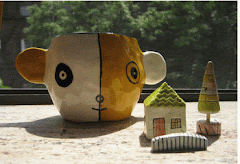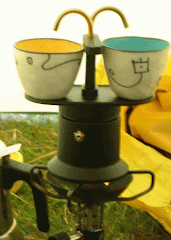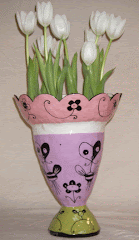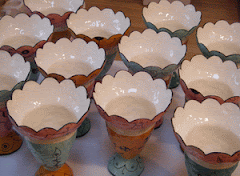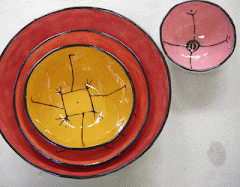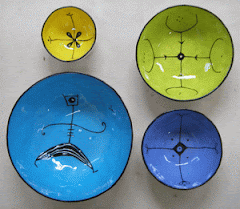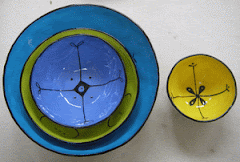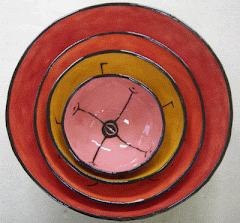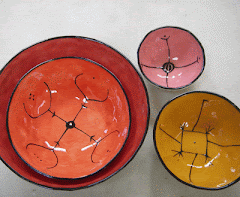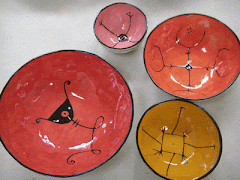 It was 2004 when Nigel and I paddled 675 miles of uninhabited coastline in Labrador, Canada. The destination was chosen to complete a journey that Nigel had begun in 1981.
It was 2004 when Nigel and I paddled 675 miles of uninhabited coastline in Labrador, Canada. The destination was chosen to complete a journey that Nigel had begun in 1981. From Kuujjuaq we headed north, following the eastern skirts of Ungava Bay. At high tide the landscape was vast and flat. When it dropped, we paddled through ragged valleys, battling the currents sweeping out from every narrow channel.
From Kuujjuaq we headed north, following the eastern skirts of Ungava Bay. At high tide the landscape was vast and flat. When it dropped, we paddled through ragged valleys, battling the currents sweeping out from every narrow channel.
There were plenty of awkward landings involving steep climbs, but they allowed us to reach the high, dry land we needed to pitch our tents. We earned some spectacular views too!

Though uninhabited today, the region had been traveled for over 7000 years by Arctic peoples. It was our good fortune to encounter the signs they left behind. Piles of stones called "Inukshuks", often stacked to look like a person, were a fair indicator of a reliable camp spot. We frequently used stones from the tent circles of earlier visitors, (replacing them where we found them when we left) and slept in the company of ancient graves.
 Our adventures led us to more recent ruins as well. The Moravian missionaries had set up missions in this region during the 1700's and 1800's. Our detours to Ramah and Hebron were rich, inspiring our imaginations about the inhabitants and the lives they lived there long ago!
Our adventures led us to more recent ruins as well. The Moravian missionaries had set up missions in this region during the 1700's and 1800's. Our detours to Ramah and Hebron were rich, inspiring our imaginations about the inhabitants and the lives they lived there long ago!  Minke whale escorts into Ramah made us feel like we were returning home. Crumbling remains at Hebron provided us with extra shelter. The men we met at that site had grown up here but were relocated to villages in the south in 1959 by the Canadian government. Now they had returned, on a government grant, to restore the old mission building. Particularly engaging was the shaman, Sim, who offered us insights into Inuit philosophy and gave us a great travel tip for the next leg of our journey! (find out about that in the book!)
Minke whale escorts into Ramah made us feel like we were returning home. Crumbling remains at Hebron provided us with extra shelter. The men we met at that site had grown up here but were relocated to villages in the south in 1959 by the Canadian government. Now they had returned, on a government grant, to restore the old mission building. Particularly engaging was the shaman, Sim, who offered us insights into Inuit philosophy and gave us a great travel tip for the next leg of our journey! (find out about that in the book!)  There was once a Hudson Bay Co. store at this location too.
There was once a Hudson Bay Co. store at this location too. We took the opportunity to rest up and explored what was left of the place.
We took the opportunity to rest up and explored what was left of the place.
 Eating was a huge part of our trip, not because we were doing it all the time, but, because it was such a point of pleasure and comfort after the days exertions! Of course we used ceramic dishes from Kri Kri Studio in Seattle!
Eating was a huge part of our trip, not because we were doing it all the time, but, because it was such a point of pleasure and comfort after the days exertions! Of course we used ceramic dishes from Kri Kri Studio in Seattle!That we could have used more calories was a given. Our kayaks had been loaded to their maximum capacity when we started, however, so when we could begin supplementing our diet with mushrooms, then blueberries and mussels as we got further south on the Labrador coast,
we certainly did!
Entering Manvers run, the final leg of our journey, we came upon the cabin of Jim Anderson and his wife, Helena. We spent one night with them, sharing a meal of arctic char, which they caught and mushrooms that Nigel and I had found. After we retired to our tent, the Northern Lights decended, showering us in an eerie green glow.
 The next morning visitors came to the cabin. One of the aunties requested that we leave a message in the guest book at her cabin, since we would be passing it on our way in to Nain.
The next morning visitors came to the cabin. One of the aunties requested that we leave a message in the guest book at her cabin, since we would be passing it on our way in to Nain.
 The next morning visitors came to the cabin. One of the aunties requested that we leave a message in the guest book at her cabin, since we would be passing it on our way in to Nain.
The next morning visitors came to the cabin. One of the aunties requested that we leave a message in the guest book at her cabin, since we would be passing it on our way in to Nain.On account of the bears, the key was a hammer that one used to remove planks nailed across the door and to put them back!
 Inside was compact and cozy! We wrote our note and continued on.
Inside was compact and cozy! We wrote our note and continued on. By the end, fuel was also running a little short. Nigel built and efficient fire pit over which we boiled berries, cooked mushrooms and steamed mussels, waiting for a break in the weather for the last stretch of paddling.
By the end, fuel was also running a little short. Nigel built and efficient fire pit over which we boiled berries, cooked mushrooms and steamed mussels, waiting for a break in the weather for the last stretch of paddling.
Locals who knew we were still out in the wilds made a stop by our camp to deliver some snacks and find out how we were doing.

We had been paddling for 5 weeks by the time we reached Nain. When we arrived, we indulged our appetites eating and resting, watching the food channel on TV and waiting for the arrival of "The Northern Ranger", the coastal steamer. The coastal steamer would take us back to Happy Valley Goose Bay where we once again would hop into our trusty Jeep to return to Seattle. you are welcome to visit www.nigelkayaks.com too!
you are welcome to visit www.nigelkayaks.com too!

We had been paddling for 5 weeks by the time we reached Nain. When we arrived, we indulged our appetites eating and resting, watching the food channel on TV and waiting for the arrival of "The Northern Ranger", the coastal steamer. The coastal steamer would take us back to Happy Valley Goose Bay where we once again would hop into our trusty Jeep to return to Seattle.
Now there is a book out about our adventures; "Stepping Stones", written by Nigel Foster and published by Outskirts Press.
You can purchase it though his web store (just click on the book!) or any at major book sellers'.

You can purchase it though his web store (just click on the book!) or any at major book sellers'.
It includes tales about our encounters with polar bears and much about the history of Labrador and it's nature.
 you are welcome to visit www.nigelkayaks.com too!
you are welcome to visit www.nigelkayaks.com too!



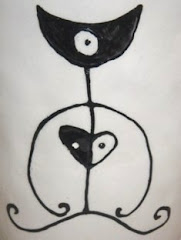
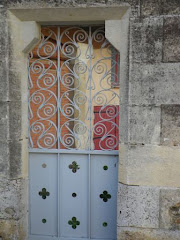
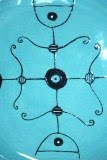
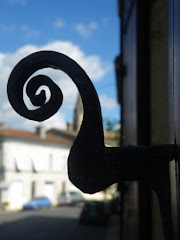
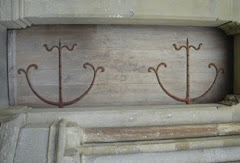

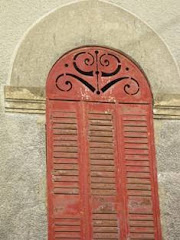


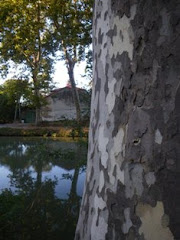


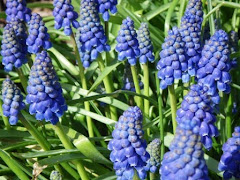
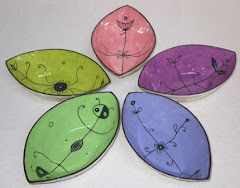
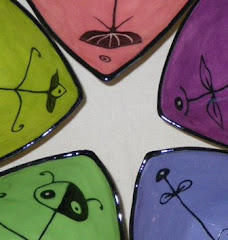
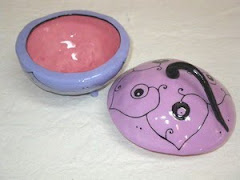

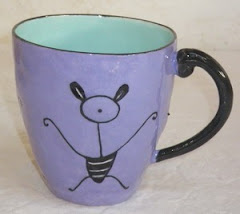
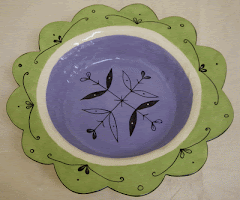

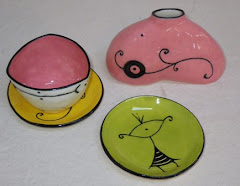

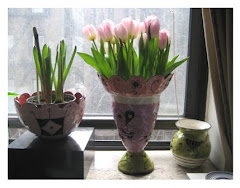

.gif)
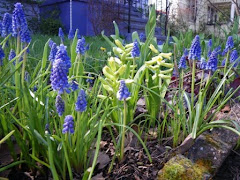.jpg)

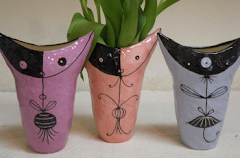
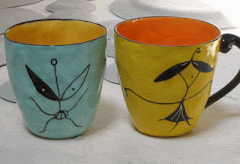

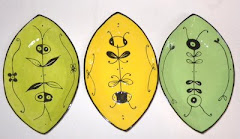
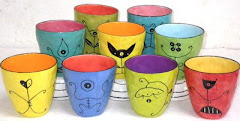






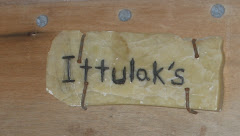
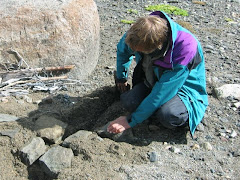


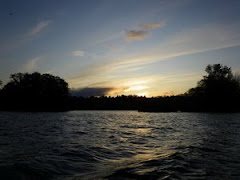
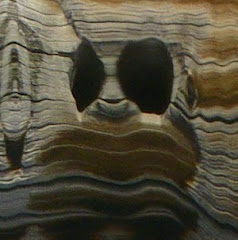
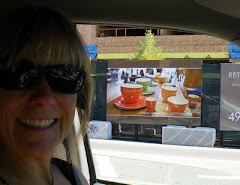
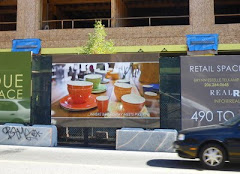
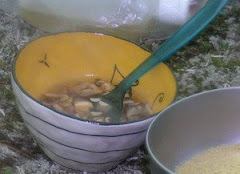
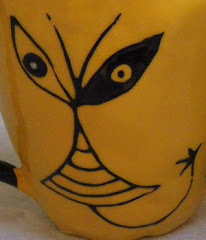

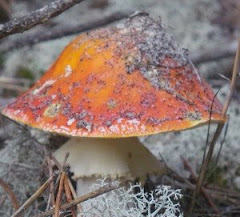
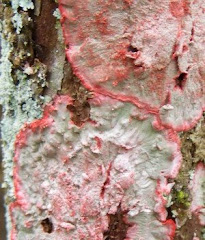

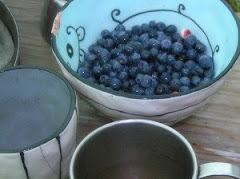
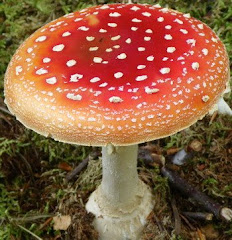
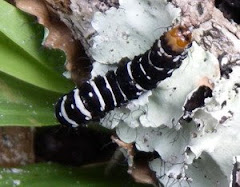

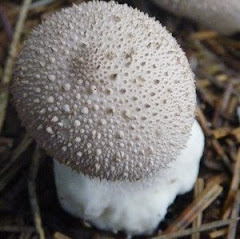
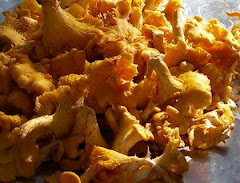
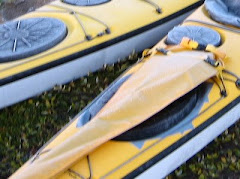

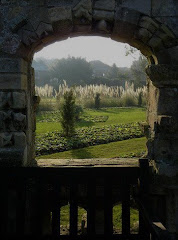


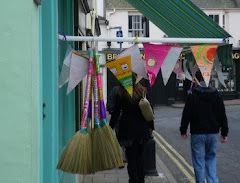
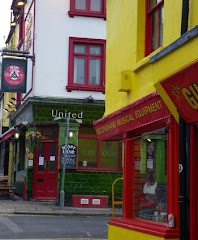



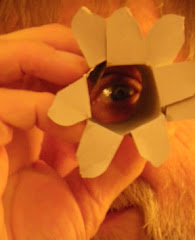


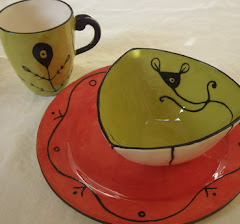
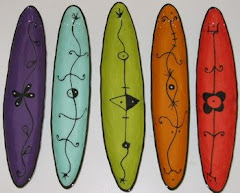
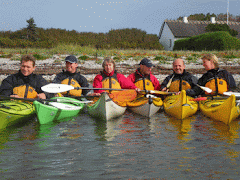
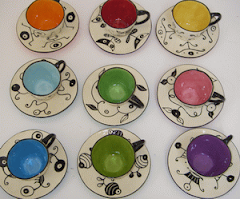



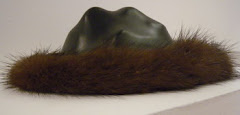
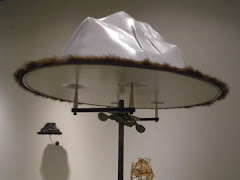
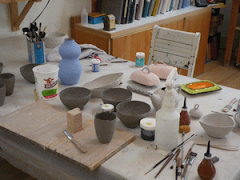
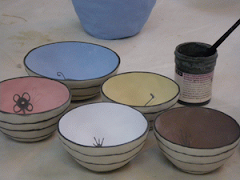
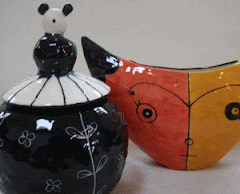
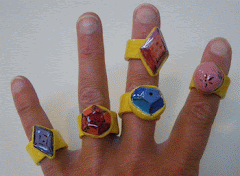


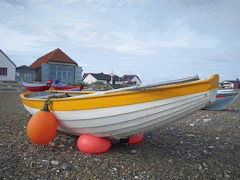
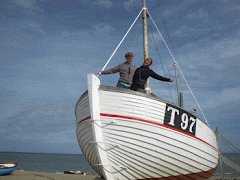
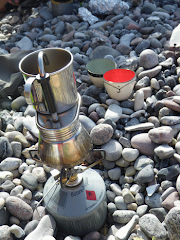
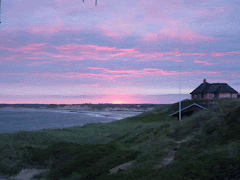
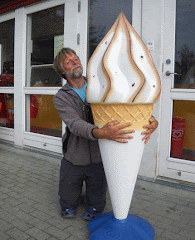
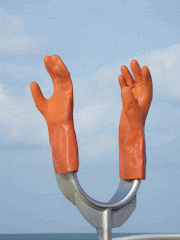
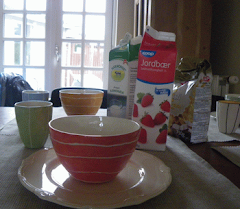
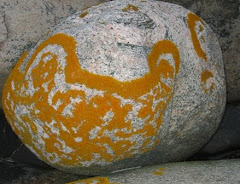


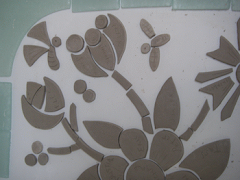
detail.gif)
